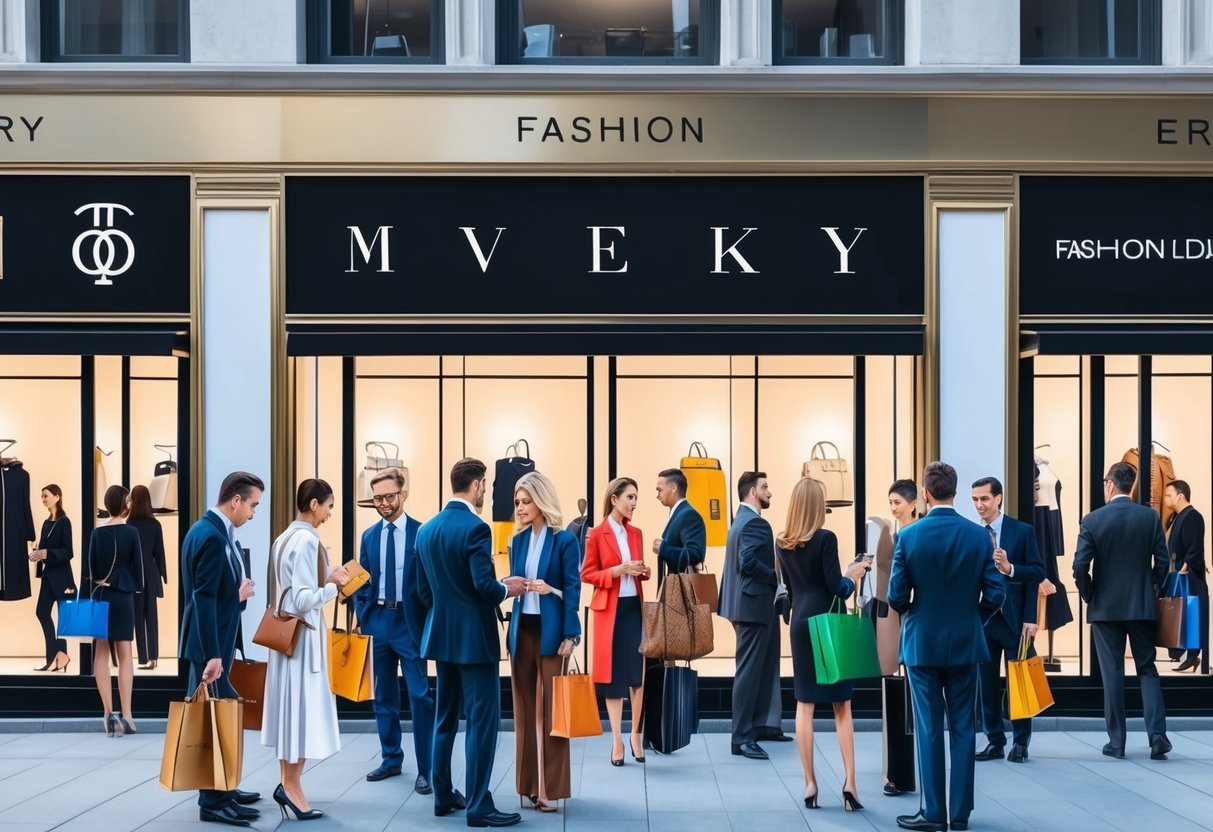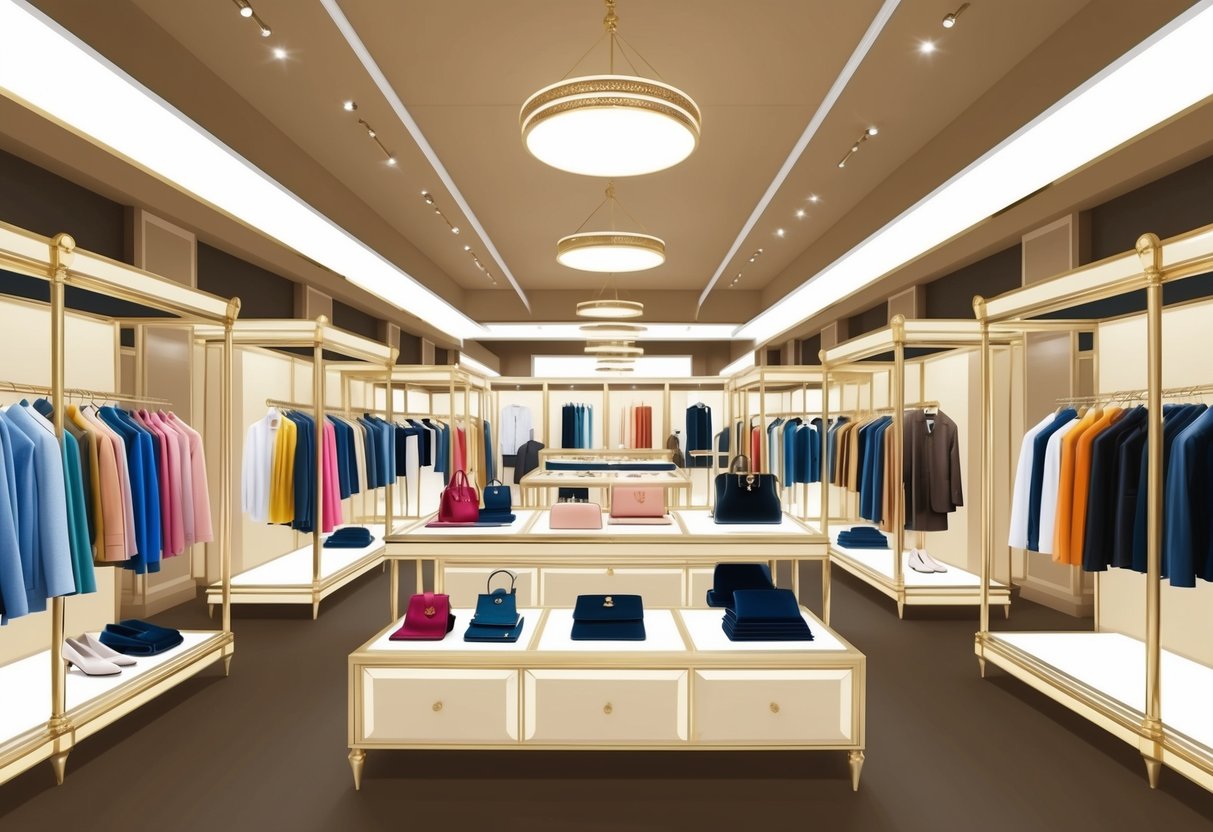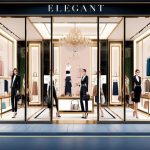
Investing in fashion is more than a matter of personal style—it’s about understanding which luxury brands maintain or even appreciate in value on the resale market.
The most valuable fashion brands for resale and investment are those with consistently high resale value, timeless design, reputable brand authenticity, and ongoing demand among collectors and shoppers.
Brands like Hermès and Chanel often stand out for their ability to hold or increase in value, while others might fluctuate depending on trends and exclusivity.
Knowing how to identify these top-tier brands can give investors and shoppers a strategic edge, especially as the luxury resale market continues to grow.
Factors such as quality craftsmanship, limited edition releases, and brand endorsements play a significant role in determining long-term value.
For a deeper understanding of which designer labels are reliable choices for fashion investment, explore the latest market trends highlighted in reports on designer brands that appreciate in value and luxury resale insights.
Understanding Fashion Brand Value
Fashion brand value is shaped by factors such as brand reputation, product quality, and market demand.
Recognizing why certain luxury items hold strong resale value helps buyers and investors make informed decisions in a highly competitive market.
Key Factors Influencing Resale Price
The resale value of luxury brands depends on a mix of rarity, quality, and condition.
Products from labels like Chanel, Hermès, and Louis Vuitton are known for retaining high resale prices because of their craftsmanship and constant demand on secondary markets.
Desirability plays a central role—limited-edition releases and iconic designs are more likely to command premium prices.
The physical state of an item is also critical: well-maintained and pristine pieces almost always attract higher offers, reinforcing why care impacts final value.
Current market trends influence which brands and categories perform best.
Increased interest in pre-owned luxury is driving up prices for handbags and accessories, especially from legacy houses with global recognition.
For more details about which labels hold strong value over time, see this overview of luxury fashion brands with strong resale value.
What Makes a Brand an Investment Piece
An investment-worthy brand is distinguished by consistent appreciation in value or at least price stability over time.
Items that become investment pieces are usually from brands with a history of limited supply, meticulous construction, and a loyal customer base willing to pay a premium for authenticity.
Heritage brands known for their exclusivity and iconic collections are most sought after.
For example, classic Chanel flap bags and Hermès Birkin bags often rise in value, as their scarcity and demand outpace supply.
Apparel businesses that show long-term profitability are also regarded as safer bets for investors, because fashion company value is often linked to profits.
The Role of Heritage and Legacy
Heritage and legacy set the foundation for lasting brand value in the luxury segment.
Established labels with a century-long tradition or signature design codes develop an emotional connection with buyers.
This connection boosts desirability, helping those pieces achieve higher prices in the resale market.
Brands with deep-rooted history, such as Hermès and Louis Vuitton, are associated with craftsmanship that stands the test of time.
Their consistent quality standards and unmistakable style make their products recognized and trusted worldwide.
Collectors and investors are drawn to houses with rich stories, legendary founders, and instantly recognizable branding.
Such attributes support the view that longevity and narrative directly contribute to a luxury brand’s sustained resale value.
Top Performing Luxury Brands in Resale Markets

Demand for luxury goods on the resale market is driven by brand reputation, consistent craftsmanship, and the historical ability of certain labels to retain or increase value over time.
Not every luxury brand is equal when it comes to investment potential or resale performance, so knowing which brands maintain strong value is essential.
louis vuitton
Louis Vuitton consistently ranks among the top luxury brands for resale value.
The brand’s monogram canvas pieces and limited-edition collaborations are especially desired by collectors.
Vintage Speedy, Neverfull, and Keepall bags continue to attract buyers due to their timeless style and durability.
A major reason for Louis Vuitton’s strong resale value is its strict pricing policy and limited discounting, which help prevent market oversaturation.
Shoppers seek out these items as investments, knowing they tend to lose little value over time.
For specifics, resale platforms have confirmed that Louis Vuitton’s classic designs often maintain high resale prices even after years of ownership.
Popular models with high resale demand:
- Speedy
- Neverfull
- Keepall
- Alma
Authentication is straightforward due to the brand’s use of distinctive markings and date codes, making it easier for buyers and sellers to verify genuine pieces.
chanel
Chanel is synonymous with elegance and frequently enjoys remarkable resale performance.
The brand’s quilted leather handbags—particularly the Classic Flap and Boy Bag—are coveted on the secondary market.
Prices for these bags have risen regularly, and certain models even surpass retail prices after purchase.
Limited releases, seasonal colors, and material variations spur competition among buyers, sometimes resulting in waitlists for popular items.
Chanel’s strong brand identity and consistent demand have led resale sites and industry reports to rank Chanel among the leading luxury investments.
Resale advantages:
- Regular price increases from Chanel drive up secondary market value.
- Wide recognition of hallmark styles ensures global demand.
Seasonal releases and discontinued lines often see surges in value, particularly when quantities are low or celebrity endorsements bring attention to specific designs.
hermès
Hermès is widely considered the pinnacle of high-value luxury resale, with certain styles appreciating rather than depreciating over time.
The Hermès Birkin, Kelly, and Constance bags are the most valuable, often commanding prices well above retail when mint or rare.
Exclusivity is a defining feature; the brand’s production limits and strict purchasing conditions create high barriers to entry.
Prospective buyers can face years-long waitlists through official boutiques.
This scarcity, paired with peerless craftsmanship, has made Hermès the reference point for luxury investments, as noted in resale industry analyses and high-profile market reports.
Key investment models:
| Model | Typical Resale Price Range |
|---|---|
| Birkin | $15,000–$200,000+ |
| Kelly | $12,000–$100,000+ |
| Constance | $8,000–$30,000+ |
Color, hardware, and leather type heavily influence resale value, with exotic skins and sought-after hues reaching the highest premiums.
gucci
Gucci remains a strong contender on the luxury resale scene due to its relentless innovation and heritage appeal.
While historically not as high in resale value as Hermès or Chanel, key Gucci pieces—such as the Marmont, Dionysus, and Jackie bags—are often in demand.
Popular limited editions and collaborations can command even higher prices, especially when paired with distinctive Gucci motifs like the GG logo or appliqué detailing.
The brand’s regular introduction of new styles and commitment to quality materials keep it relevant among collectors who value both statement pieces and classic designs.
Highlighting trends, the luxury resale market shows that Gucci retains a loyal following, particularly among younger buyers.
Factors such as celebrity endorsements and viral fashion moments often spark interest in specific lines, leading to price spikes for those models.



